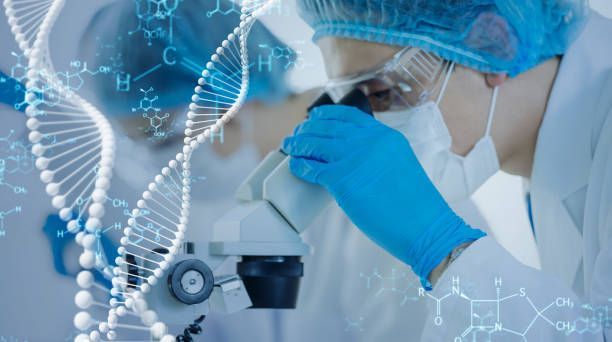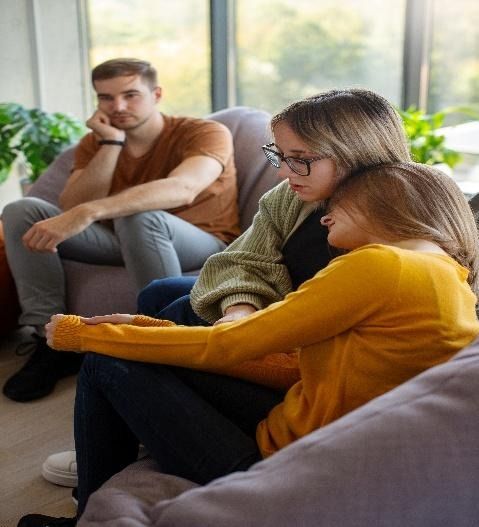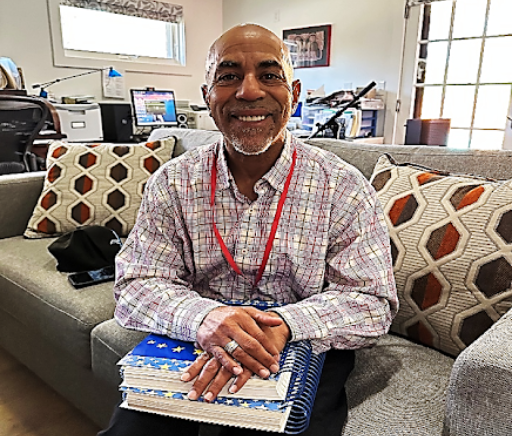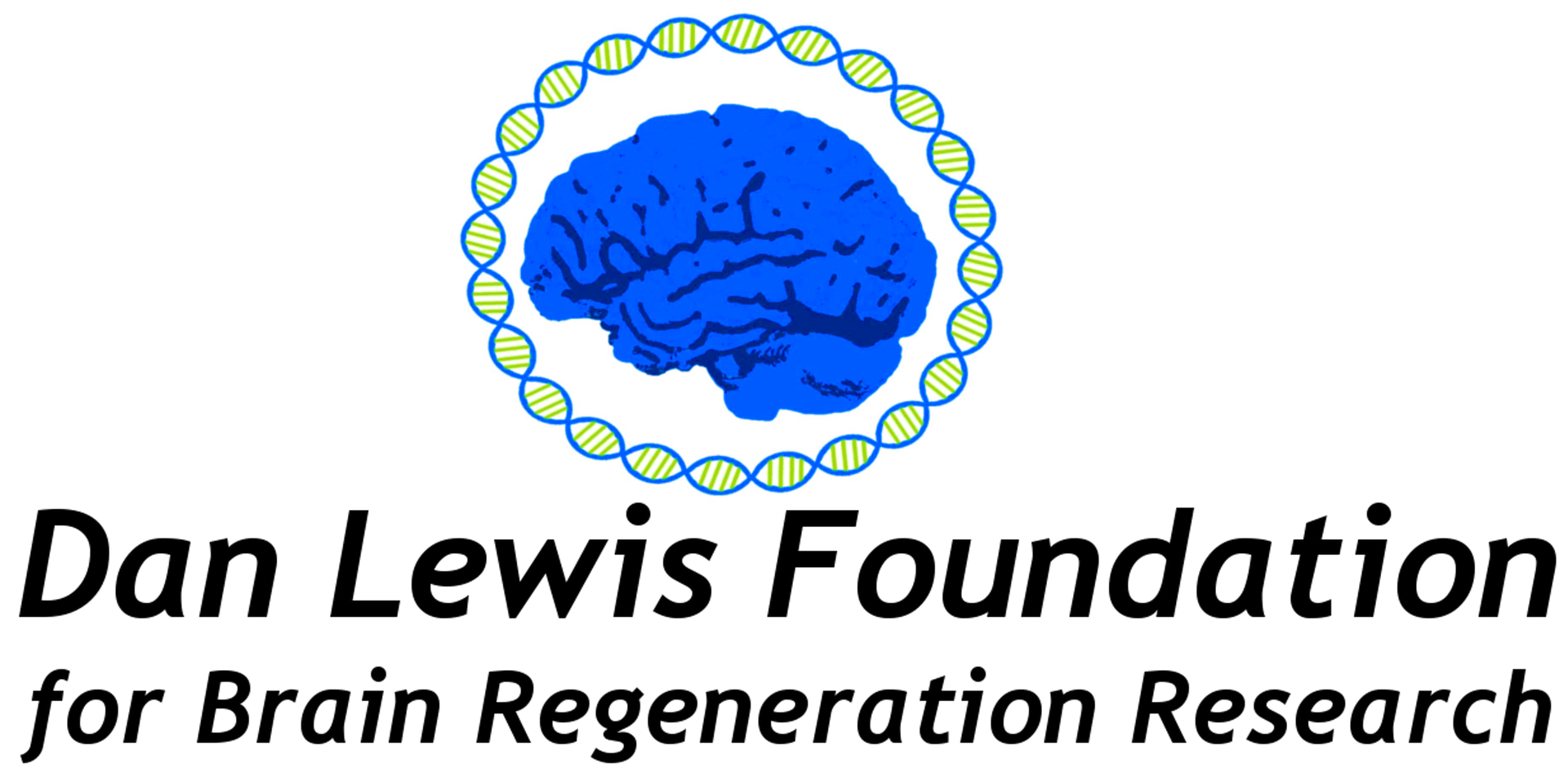
The human brain's limited regenerative capacity makes recovery from injury slow and often incomplete. Traumatic and neurodegenerative brain injuries continue to pose significant challenges to medical science. Brain injuries, including traumatic brain injury (TBI) and neurodegenerative conditions like Alzheimer's and Parkinson's disease, often result in neuronal damage, inflammation, and scar tissue formation. Unlike other tissues in the body, the central nervous system (CNS) has limited regenerative capabilities. Neurons in the brain do not readily replicate, and the scarring response inhibits repair. Thus, finding ways to stimulate regeneration in the CNS has been a longstanding challenge. However, recent advances in molecular biology and genetics have opened exciting possibilities to harness antisense oligonucleotides (ASOs) to address brain injuries. As a result, these advances have the potential to create new brain injury treatment options in the foreseeable future. 1,2 ASOs are short, single-stranded nucleic acids that can interact with RNA molecules and block gene expression. They can either promote or inhibit the production of proteins, making them invaluable tools in genetic therapies and drug development. In the context of brain injuries, ASOs can potentially enhance regeneration via several mechanisms:
- Promoting Neurogenesis: One of the primary strategies for addressing brain injuries is to promote the formation of new neurons. ASOs can be designed to target specific genes that inhibit or regulate neurogenesis, effectively "turning on" these genes to stimulate the growth of new neurons.
- Reducing Inflammation: Chronic inflammation is a common response to brain injuries and contributes to tissue damage. By silencing pro-inflammatory genes, ASOs can potentially help reduce inflammation and create a more conducive environment for regeneration.
- Breaking down scar tissue: Scar tissue in the brain can hinder the repair process. ASOs can potentially be tailored to target genes involved in the formation and maintenance of scar tissue, potentially allowing for its breakdown and replacement with healthy tissue.
- Enhancing axon regrowth: Axons are the long projections of nerve cells that transmit signals. ASOs can potentially be designed to stimulate axon regrowth, which is crucial for re-establishing functional connections in the damaged brain.
While ASOs in brain injury treatment may be promising, some challenges and considerations must be addressed, including:
- Specificity: ASOs must be highly specific to avoid off-target effects. Unintended gene silencing can lead to adverse consequences and side effects.
- Delivery: Getting ASOs to the target site in the brain can be challenging due to the blood-brain barrier. Innovative delivery methods, such as nanoparticles or viral vectors, are being explored.
- Safety: Long-term safety and potential side effects of ASO therapies need extensive evaluation to ensure they do not pose additional risks to the patient.
- Ethical and Regulatory Issues: Genetic therapies, including ASOs, raise ethical and regulatory questions about potential misuse, consent, and access to these treatments.
The regenerative powers of ASOs for brain injuries have many future applications in medical research. Before long, neurologists may be able to tailor ASO therapies to individual patients based on their genetic profiles and injury characteristics to maximize effectiveness. Combination therapies will be developed to explore the synergistic effects of ASOs with other therapies, such as stem cell treatments or neuroprotective drugs, to enhance regenerative outcomes. Several disorders currently targeted for ASO-based treatments include:¹,³
- Spinal Muscular Atrophy (SMA): Nusinersen is an ASO that has been approved to treat SMA, a neuromuscular disease.
- Duchenne Muscular Dystrophy (DMD): ASOs are in development to target specific mutations in the DMD gene, aiming to slow disease progression.
- Amyotrophic Lateral Sclerosis (ALS): Tofersen is an ASO that is being investigated for their potential to treat ALS by reducing the production of harmful proteins.
- Huntington's Disease: ASOs are being explored to target the mutant HTT gene responsible for Huntington's disease.
- Familial Amyloid Polyneuropathy (FAP): Inotersen (Tegsedi) is an ASO approved for treating FAP, a rare genetic disease.
- Spinal Cerebellar Ataxias: ASOs are under investigation for several types of spinocerebellar ataxias to reduce the levels of disease-causing proteins.
These are just a few examples demonstrating the versatility and promise of this technology in treating a range of conditions. Unlocking the regenerative powers of ASOs offers a promising avenue for addressing the challenges posed by brain injuries and neurodegenerative diseases. While hurdles remain, the potential to stimulate neurogenesis, reduce inflammation, break down scar tissue, and enhance axon regrowth holds immense promise for improving the lives of millions affected by these conditions. As research advances, ASOs may pave the way for transformative therapies that enable the brain to heal and regenerate, offering hope for a brighter future in brain injury treatment.
The Dan Lewis Foundation for Brain Regeneration Research encourages research partnerships between scientists in academic and business settings to explore the potential of ASOs and small molecule medicines to accelerate brain recovery, particularly in the context of rigorous therapy services and repletion of key populations of CNS cells.
References
- Brunet de Courssou, J.-B., Durr, A., Adams, D., Corvol, J.-C. & Mariani, L.-L. Antisense therapies in neurological diseases. Brain 145, 816–831 (2022).
- Quemener, A. M. et al. The powerful world of antisense oligonucleotides: From bench to bedside. Wiley Interdiscip. Rev. RNA 11, e1594 (2020).
- Van Laar, A. D. & Van Laar, A. V. S. Antisense Oligonucleotide Therapies. PracticalNeurology.com https://practicalneurology.com/articles/2019-sept/antisense-oligonucleotide-therapies.


